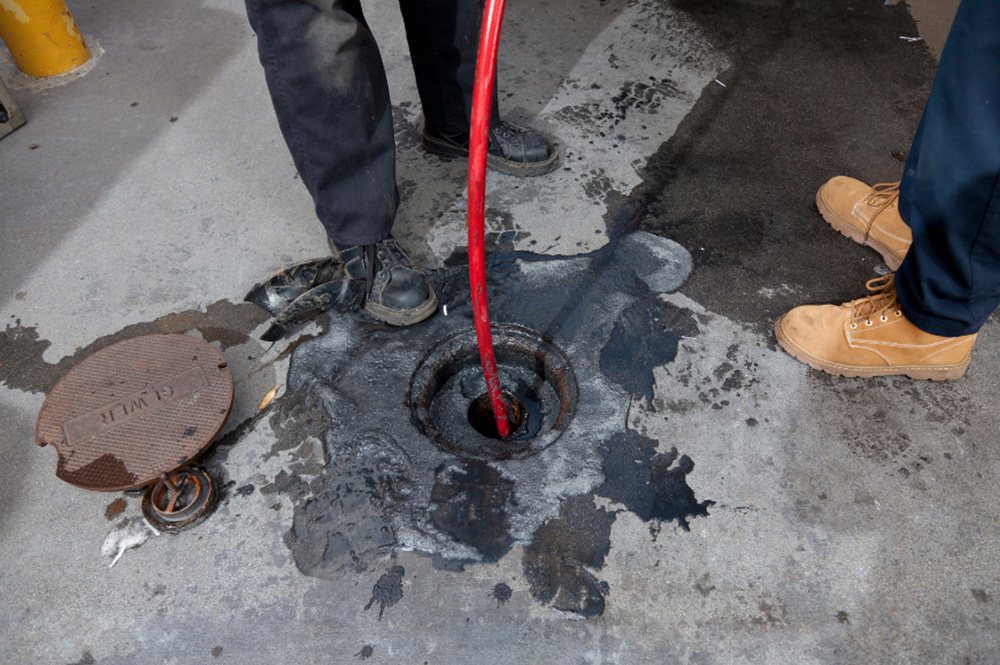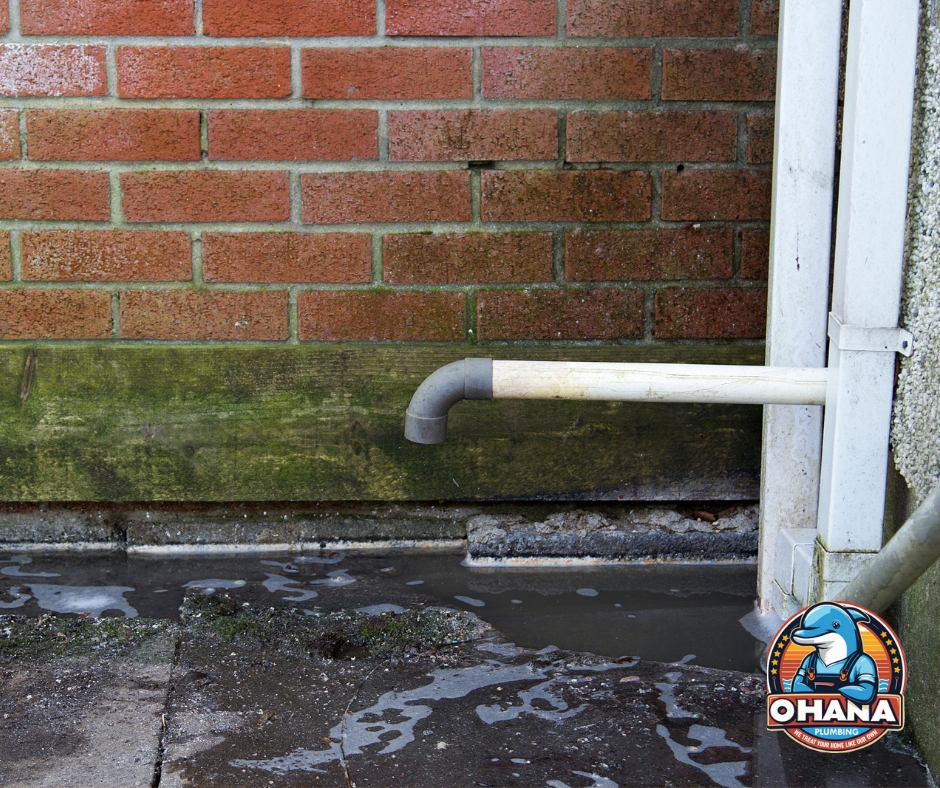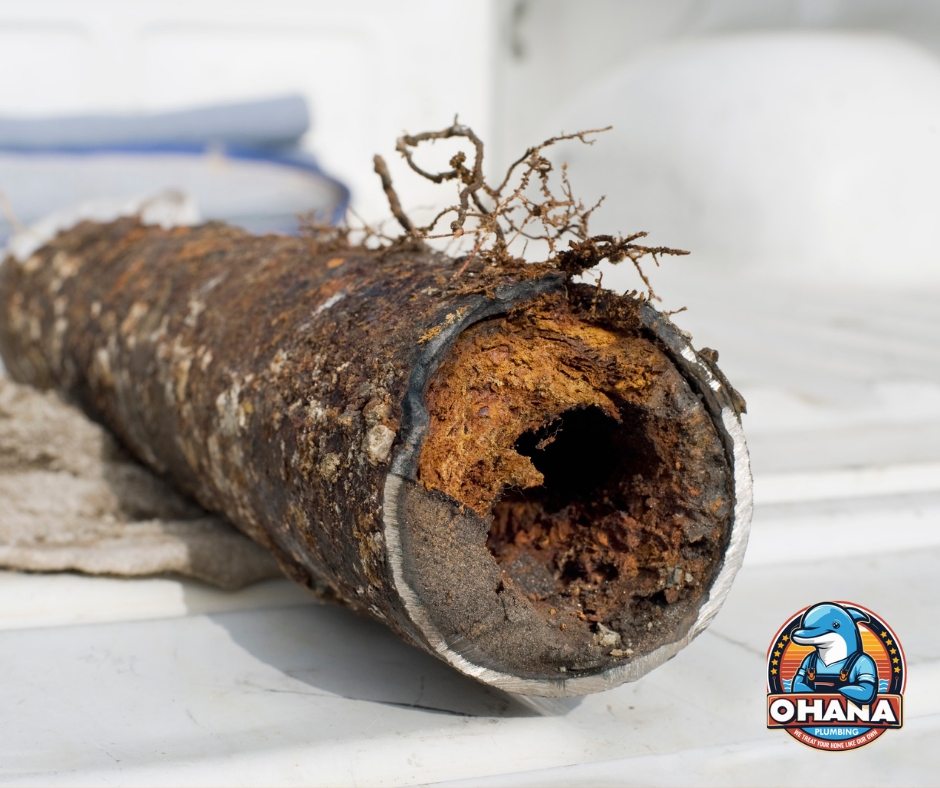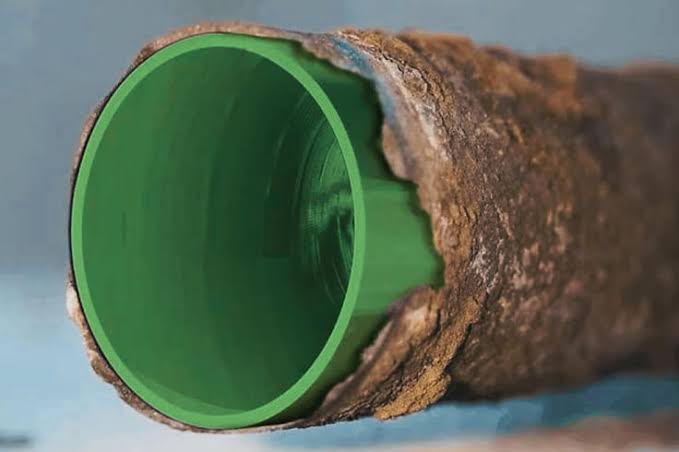In the world of plumbing and drainage systems, unexpected issues can arise during maintenance and repair work. One such issue is a failed jet blast, often leading to the need for a spot dig. But what exactly does this mean, and why is it important? Let’s dive into the details.
Understanding Jet Blasting
Jet blasting is a popular method used by plumbers and drainage professionals to clear blockages in pipes. This technique involves using high-pressure water jets to dislodge debris, grease, and other obstructions from the interior walls of pipes. It’s an effective way to restore proper flow and prevent future issues. However, sometimes the process doesn’t go as planned, leading to complications.
What Is a Failed Jet Blast?
A failed jet blast occurs when the high-pressure water jet does not successfully clear the blockage, resulting in a few possible scenarios:
- The blockage may be too severe or stubborn for jet blasting to resolve.
- The pipe could be damaged or collapsed, preventing effective water flow.
- There may be underlying issues within the drainage system that are not addressed by the jet blast.
When a jet blast fails, it’s essential to take further action to diagnose and rectify the issue.
What Is a Spot Dig?
A spot dig is a targeted excavation performed to investigate and address plumbing or drainage problems that are not resolvable through conventional methods. After a failed jet blast, a spot dig may be necessary to gain access to the affected area for a closer inspection. Here’s how it works:
1. Identifying the Problem Area
Before a spot dig, professionals will conduct an assessment to identify the location and nature of the blockage or damage. This may involve using cameras to inspect the interior of pipes and pinpoint the exact location of the issue.
2. Targeted Excavation
Once the problem area is identified, the plumber will perform a spot dig. This involves digging a small, specific area to access the pipe or drainage system directly. Unlike a full excavation, which involves removing large sections of soil, a spot dig is more efficient and less invasive.
3. Repairing the Issue
After gaining access, the plumber can assess the problem firsthand. This could involve repairing or replacing damaged pipes, removing stubborn blockages, or addressing any other issues discovered during the inspection.
4. Restoring the Site
Once the necessary repairs are made, the area will be backfilled, and any disturbed surfaces will be restored to their original condition. This minimizes disruption to your property and ensures that everything looks as it should.
When Is a Spot Dig Necessary?
A spot dig becomes necessary in several situations, including:
- Persistent Blockages: When jet blasting fails to clear a blockage, a spot dig allows for a more in-depth examination and targeted solution.
- Damaged Pipes: If inspections reveal damage or corrosion in the pipes, a spot dig provides access for repairs.
- Unknown Issues: When there are unexplained drainage problems, a spot dig allows professionals to investigate further.
Conclusion
Understanding what a spot dig is and when it’s needed can help you navigate plumbing issues more effectively. If you’re facing persistent drainage problems or suspect a failed jet blast, it’s essential to consult with a qualified plumbing professional.
Contact Ohana Plumbing for Expert Solutions!
At Ohana Plumbing, we are committed to providing transparent and effective plumbing solutions tailored to your needs. Our experienced team is equipped to handle everything from jet blasting to spot digs, ensuring your plumbing system remains in top condition.
Don’t let plumbing issues linger! Contact Ohana Plumbing today for expert advice and reliable service. We’re here to help you solve your plumbing challenges efficiently and effectively!









